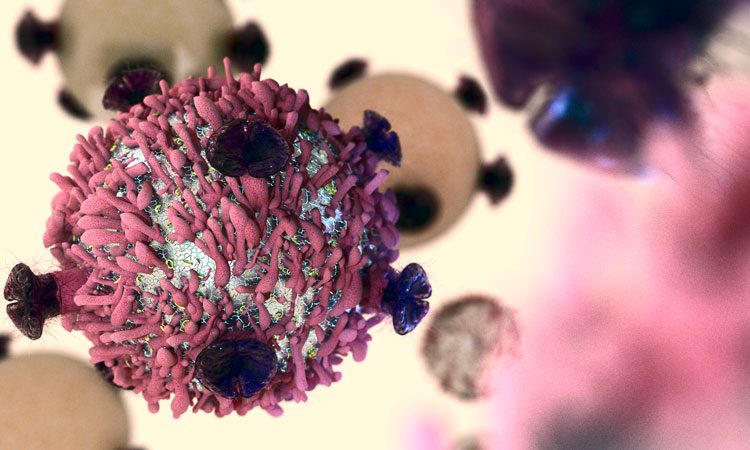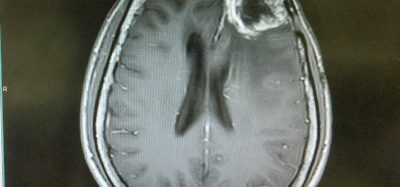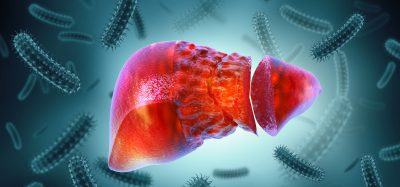Scientists show combined immunotherapy treatment is effective against advanced melanoma
Posted: 28 August 2018 | Drug Target Review | No comments yet
Study in the U.S. demonstrates successful treatment of advanced melanoma and metastatic cancer using a new bacteria-like agent combined with an immunotherapy drug.


The UCLA-led research showed that using the immunotherapy drug pembrolizumab and the experimental agent SD-101 – a sequence of nucleic acids that mimics a bacterial infection – altered the microenvironment surrounding the tumour in a way that enabled the immune system to more effectively attack the cancer. The research was an early-stage study, conducted to test the side effects and best dosage of a potential new combined therapy.
Pembrolizumab, marketed under the brand name Keytruda, works by blocking the protein PD-1, which interferes with immune system function, enabling immune system cells to better attack the cancer. Despite the success of pembrolizumab for treating people with a variety of advanced or metastatic cancers, many metastatic melanoma tumours are still resistant to the drug.
Explaining the thought process behind their research, lead author Dr Antoni Ribas, a professor of medicine at the David Geffen School of Medicine at UCLA and director of the UCLA Jonsson Comprehensive Cancer Center Tumor Immunology Program, said: “We have found that the reason patients with metastatic melanoma do not initially respond to immunotherapy with an anti-PD-1 is that their immune system was not ready. So we thought, ‘What if we change that by injecting the therapy drug into the metastatic lesions and change the microenvironment of the cancer?’
“It’s like having a pile of wood but not having a match to light it. With this new approach, SD-101 is the match that starts the fire.”
The researchers found that SD-101 not only directs T cells to cancer cells, but it also makes the microenvironment more hospitable for the T cells, improving their ability to kill the cancer cells.
All 22 people in the study had an advanced stage of inoperable or metastatic melanoma. Nine were receiving an immunotherapy treatment for the first time as part of the study. Seven of those nine had a positive response to the drug combination, including two for whom the tumours disappeared completely.
The other 13 study participants had previously received a form of immunotherapy prior to the study. Of them, two had a partial response – meaning parts of the tumours shrank but were not entirely eradicated – while five others showed a measure of tumour reduction, but the other participants did respond to the combined therapy.
Combined therapy outlook
The results of the study suggest that the combination of pembrolizumab and SD-101 could provide an alternative treatment for people with melanoma whose tumours have not responded or would be unlikely to respond to other therapies.
“For all patients with advanced cancer, immunotherapy using PD-1 inhibitors has really changed the face of cancer treatment. Unfortunately, this therapy still only works in a subset of patients,” said Dr Deborah Wong, assistant clinical professor of medicine at the Geffen School of Medicine and an oncologist at the Ronald Reagan UCLA Medical Center, who was also an author of the paper.
“This particular combination has been especially gratifying because not only does the SD-101 therapy drug induce tumour shrinkage at the actual site where it’s injected, but it’s working in conjunction with pembrolizumab to shrink tumours outside of the ones we’re directly injecting.”
The study highlights the need for additional research into combined therapies such as this, given that many people with cancer either do not respond to immunotherapy at all or experience a reoccurrence of their tumours after treatment.
“We are really starting to understand the science of how immunotherapies work in patients,” said Ribas, who is also the director of the Parker Institute for Cancer Immunotherapy Center at UCLA. “By understanding that, we can find more ways to make that therapy more active. One way is by combining the therapy with another agent that can overcome the resistance that some cancers have to these therapies.”
The findings were published in the journal Cancer Discovery.
Related topics
Drug Development, Immunotherapy
Related conditions
Metastatic melanoma
Related organisations
UCLA
Related people
Dr Antoni Ribas, Dr Deborah Wong








